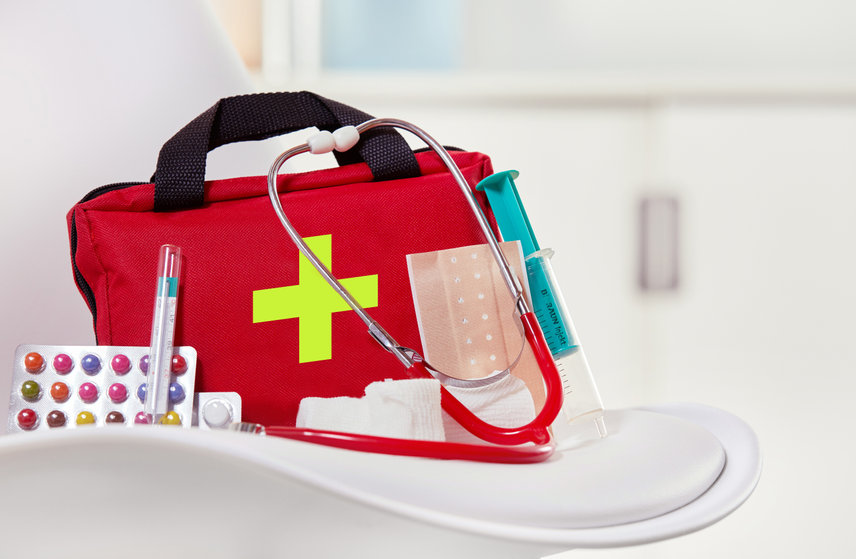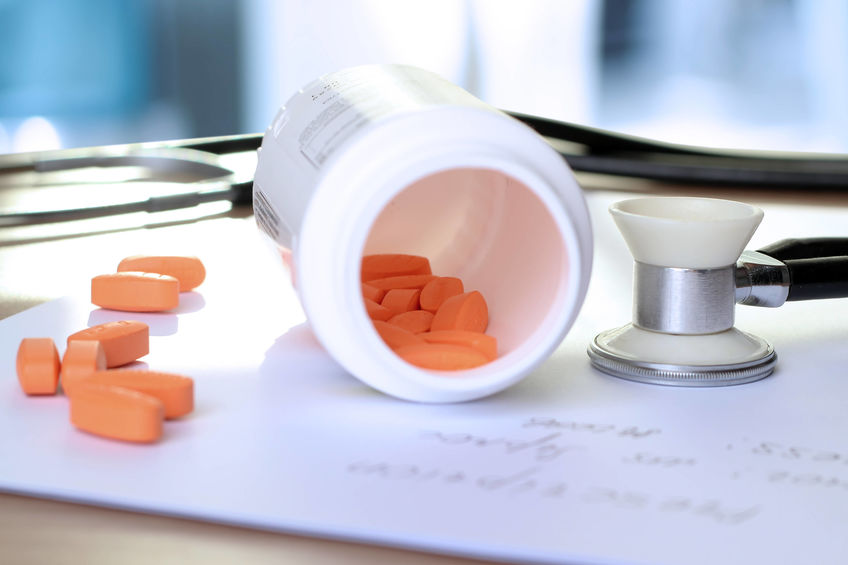Stocking Your Emergency Supplies
Having a fully-stocked first aid kit is one of the keys to staying safe at home. Many people think a first aid kit will never be necessary, but accidents do happen. Make sure the first aid kit stays stocked with these creams and medications for proper wound care.

Why might I use a first aid kit?
First aid kits contain all the essentials for treating minor injuries. Medicated creams and lotions can help promote proper healing in the event of a burn, scrape, cut, or minor allergic reaction. Most experts recommend keeping a well-stocked first aid kit at home, as well as keeping one handy in vehicles.
What is proper wound care?
Besides taking medicines to reduce pain or inflammation, properly cleaning and dressing a wound is the first step to promoting healing. Keep antiseptic wipes and hydrogen peroxide in the first aid kit to quickly and safely clean wounds as necessary. Various bandages and sterile gauze tape are also essential for covering wounds to promote healing and prevent infection.
What creams and topical medications do I need?
In the event of poison ivy or a minor burn, specific creams and lotions are essential. Keep antibiotic ointment, calamine lotion, aloe vera, and hydrocortisone cream in the first aid kit. These over-the-counter options are effective for treating minor burns, rashes, and cuts.
What else should I put in my first aid kit?
Minor wounds aren’t the only emergency to prepare for. The first aid kit should also include a thermometer, finger splint, cold pack, and pain relievers such as nonsteroidal anti-inflammatory drugs (NSAIDs). Keep other medications on hand, such as laxatives, antihistamines, or an emergency supply of prescription medications that don’t require refrigeration.
In case of emergency
The final element of any first aid kit should be a list of emergency phone numbers, such as family contacts, the doctor’s office, local emergency services, and the poison help line. Keep a copy of each family member’s medical history and medical consent forms, as well as a small notepad and pen.
Building your own kit
A first aid kit doesn’t need to be in a store-bought case. Many people put together first aid kits using makeup bags or nylon cases. People may also use plastic bags to store items. The most important part is keeping the first aid kit well-organized and in a readily accessible location. Experts recommend keeping first aid kits in the kitchen. Humidity in bathrooms is often high, which can make products expire more quickly. As a best practice, keep a kit in the house, the car, and make a travel kit for safety during trips.
RECENT
ARTICLES



Our Patients Say
We pride ourselves on providing exceptional customer service to our community. Here are a few things that the community is saying about us.
Convenient and quality service. Ive never had my prescriptions filled quicker and the pharmacist took the time to tell me about what I was taking.
Excellent experience! Friendly, knowledgeable staff!
I have been a customer since they opened. Julie and Hiten have both treated me with the utmost respect and have always been ready to take care if my needs with a smile




